Tokyo Tech team demonstrates visible-light photoelectrochemical water-splitting with cobalt-enhanced TiO2
Green Car Congress
FEBRUARY 19, 2020
Scientists at Tokyo Institute of Technology (Tokyo Tech) have demonstrated the first visible-light photoelectrochemical system for water splitting using TiO 2 enhanced with cobalt. The proposed approach is simple and represents a stepping stone in the quest to achieve affordable water splitting to produce hydrogen.

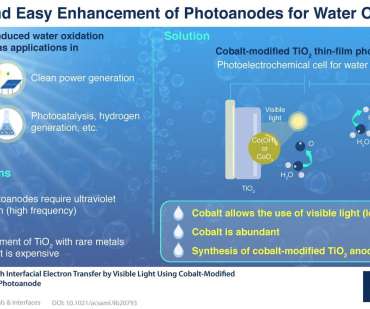
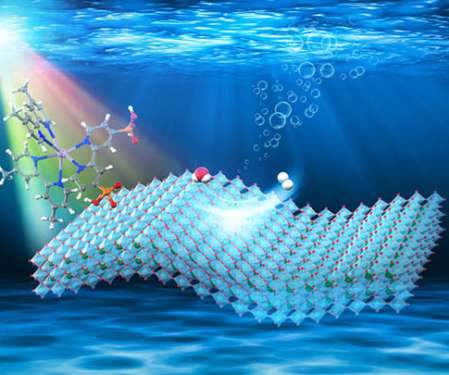
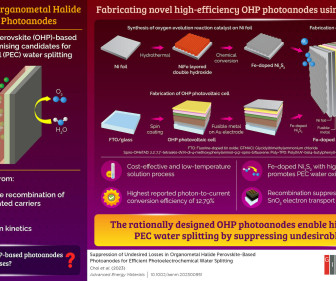


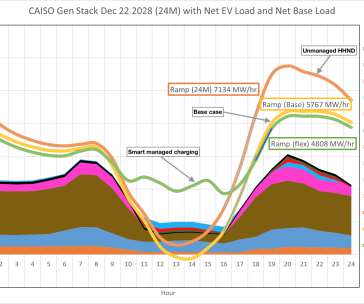






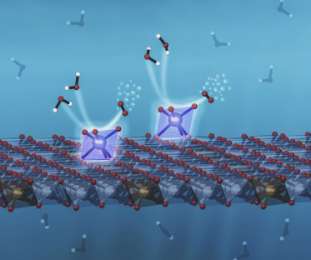




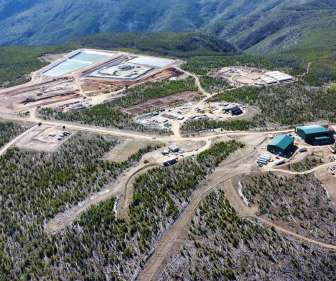

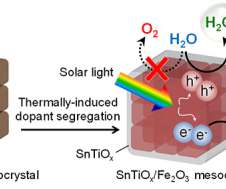











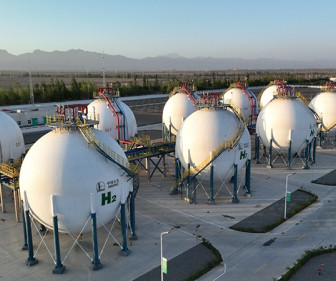


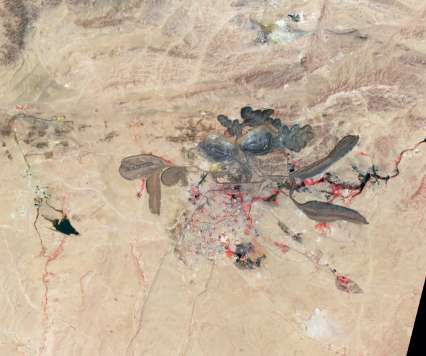








Let's personalize your content